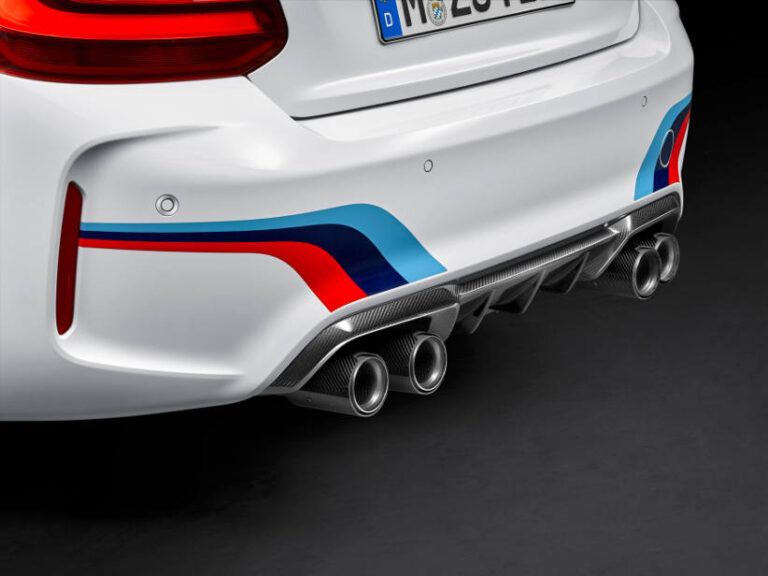This is going to be a big year for Fleet Managers in Australia. Things have been simmering for the last two years with vehicle supply challenges, low unemployment and high used car prices acting as a handbrake to the efficiencies that technology can deliver to fleet operations.
In 2021 most State Governments announced some incentives to encourage the adoption of electric vehicles. In 2022 a new Federal Government provided a new direction with a focus on zero emissions transport and approved the Electric Car Discount Bill which provides a Fringe Benefits Tax (FBT) exemption for EVs and PHEVs.
In 2023, the stage is set for Chinese vehicle manufacturers to dominate the supply of EVs to private and novated lease buyers. But will Fleet Managers accept these relatively unknown brands as a credible fleet vehicle option? Based on my conversations in 2022, the fleets willing to accept these new entrants are also the most advanced on their journey to fleet electrification.
But are fleets ready to transition to electric vehicles in 2023? Before answering, ask yourself, what is the goal of my organisation? Fleet Managers need to develop Fleet Asset Management Plan that aligns to the goals of the organisation. That may be to adopt electric vehicles. Though it may be more likely the organisational goal is to reduce fleet emissions.
Reducing emissions
So how do you reduce fleet emissions without buying electric vehicles? Step one, measure the current emissions from your fleet.
It’s a fairly simple process using the information from your fuel provider. Every litre of petrol burned creates 2.3 kilograms CO2 and a litre of diesel creates 2.7 kilograms. If a petrol vehicle uses 2,000 litres per annum, it will produce 4.6 tonnes CO2.
The table below shows the how the increase in the amount of fuel used per vehicle can increase the emissions produced. It also highlights the difference between petrol and diesel engines which suggests emissions can be reduced by 17% through the replacement of diesel vehicles to petrol alternatives.
| Litres used | CO2 Kgs per litre | Tonnes CO2 | |
| Petrol Engine | 1,500 | 2.3 | 3.45 |
| 2,500 | 2.3 | 5.75 | |
| 3,500 | 2.3 | 8.05 | |
| Diesel Engine | 1,500 | 2.7 | 4.05 |
| 2,500 | 2.7 | 6.75 | |
| 3,500 | 2.7 | 9.45 |
Eco-driving
Without changing the fleet vehicle mix, emissions can be reduced with reduced fuel consumption. This will require a change in driver behaviour and some education on eco-driving. The table below shows what a significant impact a changes in fuel consumption can have on overall emissions.
| Fuel consumption | Annual kilometres | Litres used | Tonnes CO2 | |
| Petrol Engine | 6 L/100km | 15,000 | 900 | 2.07 |
| 10 L/100km | 15,000 | 1,500 | 3.45 | |
| 12 L/100km | 15,000 | 1,800 | 4.14 |
Here’s some examples of vehicles and their published fuel consumption. If you compare these figures from the Green Vehicle Guide against the real world figures for your fleet, you’ll be able to estimate the possible emissions savings that can be achieved with a focus on eco-driving.
| Vehicle | Engine | Combined L/100kms | Combined CO2 g/km |
| Toyota RAV4 | Petrol Hybrid | 4.7 | 107 |
| Ford Ranger | Diesel | 7.4 | 195 |
| Mitsubishi Outlander | PHEV | 1.9 | 43 |
| Toyota Hilux | Diesel | 7.2 | 188 |
| Hyundai i30 | Petrol | 7 | 159 |
| MG ZS | Petrol | 6.7 | 157 |
| Hyundai Kona | Electric | 0 | 0 |
Fleet replacement
Another way to reduce fleet emissions is via your fleet replacement program which would be detailed in the Fleet Asset Management Plan. Manufacturers have made significant improvements in reducing fuel consumption for ICE vehicles over the last decade so fleet emissions wil be reduced as vehicles are replaced.
Here’s a quick comparison so the same vehicles that may be in your fleet as older models.
| Vehicle | Year | Combined CO2 g/km | Year | Combined CO2 g/km |
| Toyota RAV4 | 2006 | 227 | 2021 | 159 |
| Ford Ranger | 2009 | 274 | 2022 | 222 |
| Mitsubishi Outlander | 2009 | 222 | 2021 | 185 |
| Hyundai i30 | 2008 | 182 | 2020 | 167 |
| Kia Sportage | 2007 | 220 | 2021 | 164 |
If the goal of your organisation to transition the fleet to electric vehicles, then reducing emissions will be easy as each vehicle is replaced by an EV. However, if the goal is reduce emissions, hopefully this article has helped you understand how to measure your fleet emissions, and some ideas on how to reduce them.






